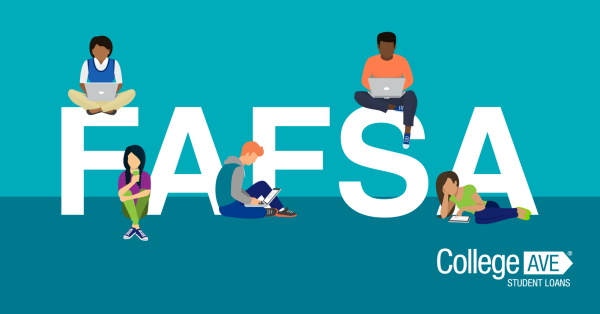Latin Representation Shaping Young Minds
For years, Latin people have fought fiercely for equal and accurate representation in the media that they consume. And to a certain degree- they got it. With actresses like Sofia Vergara, and animated characters like Consuela from Family Guy or even Disney princess, Elena de Avalor, it may seem like Latin people have just enough representation for themselves and it would be unreasonable to expect more without it feeling forced. But this notion couldn’t be more incorrect, as a large majority of Latin representation is heavily influenced by stereotypes.
Harmful portrayals of latin people may warp young latin peoples’ sense of self, and diminish their hopes of growing into themselves outside of the societal boxes they are expected to fill out. Housekeeper, housewife, construction workers, and loud, “spicy” displays of character are seemingly the only things a latin person may be- and seeing nothing but these portrayals in media can have a long-lasting effect on oneself.
Furthermore, seeing a more appealing role in society consistently being given to characters of other races, predominantly white characters, may encourage an attempt at a shaking of culture or identifying features in light of becoming something else for the sake of personal fulfillment at the expense of losing cultural identity and individuality.
Regardless of the current representation available being stereotypical, a good majority of the time it is also very subdued. On the topic of Disney’s Elena de Avalor, she isn’t a main Disney princess and is rarely in the spotlight. Latin characters are consistently pushed to the side or shoved into the background.
“Always the side character, you know, the one who has ethnic food or the one whose parents are housekeepers or things like that,” said junior Angela Rivera. Those can be really harmful because it can limit what peoples’ impressions of latin people are. And that can just breed stereotypes.”






